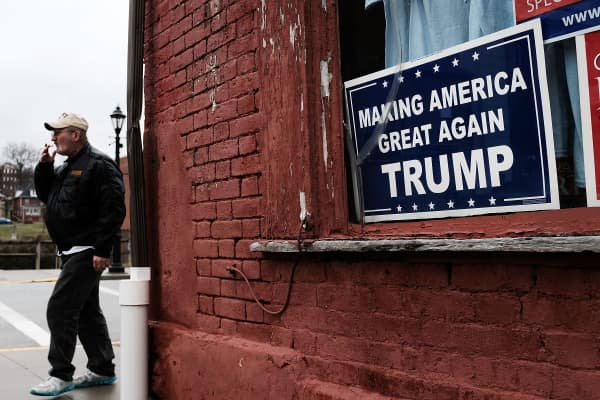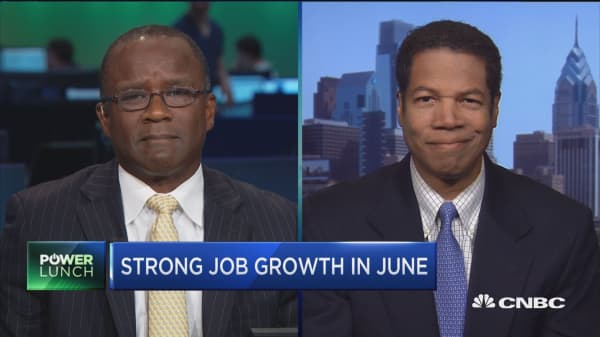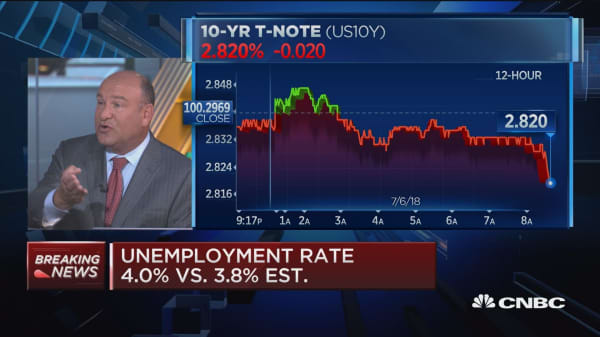In Michigan, which Trump won by a razor-thin margin in 2016, the unemployment rate stood at 4.6 percent in May, up two-tenths of a percent from a year earlier. Unemployment has also risen in the past year in Trump states Alaska, Arkansas and North Dakota.
The jobless rate was also higher than the national average in Arizona, Mississippi, Louisiana and Pennsylvania, all states Trump carried in 2016.
Economists and other experts have warned that job gains could stall out if a Trump-initiated global trade war continues to widen.
On Friday, the White House followed through on a threat to slap higher tariffs on $34 billion worth of Chinese imports. China immediately retaliated with higher duties on U.S. farm products, including soybeans. That could pose a threat to job growth in states that voted for Trump that rely heavily on those exports, including Louisiana, Alabama and South Carolina.
Trump has also imposed tariffs on Canada, Mexico and the European Union, inviting retaliation from those major U.S. trading partners.
Wage gains have also been felt unevenly from one state to another. For all of 2017, the latest wage state-level data available, the average weekly wage in the U.S. gained 4.1 percent. But wages rose at less than half that pace, on a percentage basis, in Alaska, Kansas and Louisiana, all states Trump carried.






